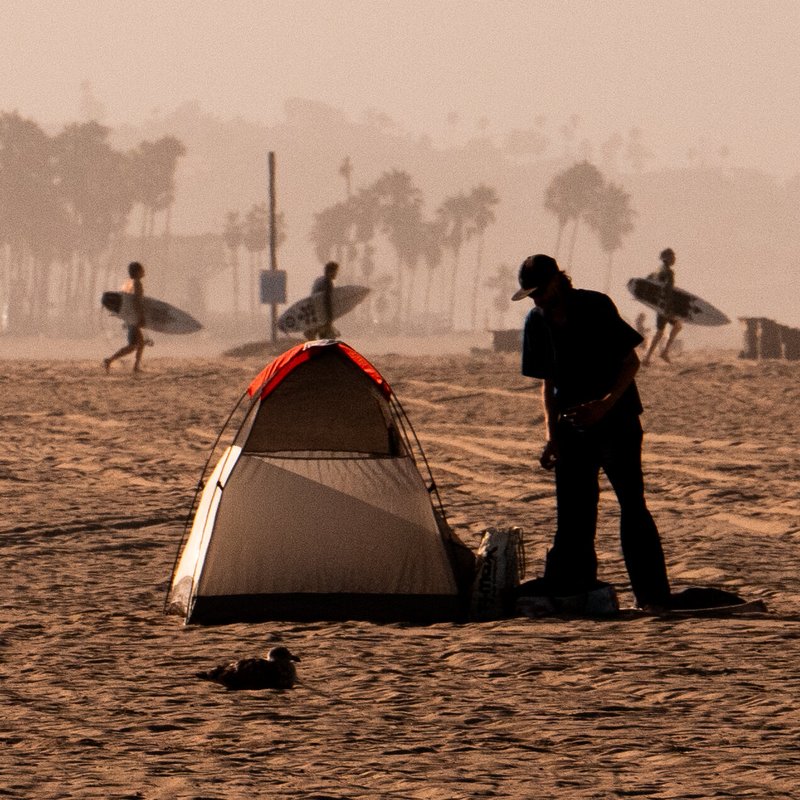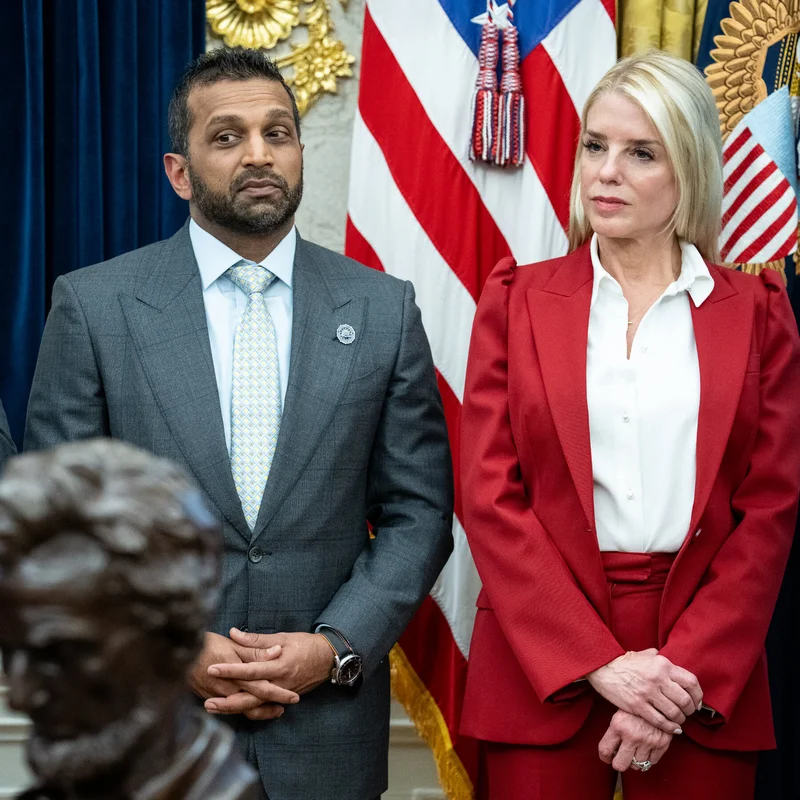In a city where more than 70,000 people live without shelter, John Alle has taken an unconventional—and deeply personal—approach to reducing homelessness in Los Angeles. Frustrated by years of government inaction, the Santa Monica property owner launched a grassroots initiative: a hotline offering free one-way bus or plane tickets home to unhoused individuals willing to leave the streets .
From Victim to Volunteer
Alle’s mission began after a violent attack in Palisades Park in late 2023 left him with a broken jaw, brain injuries, and lasting trauma. Once a vocal critic of local policy failures, he transformed his anger into action—funding a bare-bones operation that, as of mid-2025, helps relocate about three people per week out of Santa Monica .
💡 Key Insight: Over 90% of Santa Monica’s homeless population originally came from outside the city—making relocation a viable, if controversial, solution for some .
How the Hotline Works: A Step-by-Step Flow
Alle’s program is lean but effective. Here’s how it operates:
- Call or Message: Individuals contact the hotline (often via social media ads) seeking help to return home.
- AI Triage: An AI chatbot collects basic info and adds callers to a waitlist.
- Human Review: Alle or his sole employee, Adam Gibson, assesses each case for urgency and feasibility.
- Verification: Callers submit a short video confirming a family member is willing to receive them.
- Travel Arranged: Tickets are booked—typically under $500—and recipients are driven to the airport or bus station.
- Follow-up: A second video confirms safe arrival.
Cities Embracing “Homeward Bound” Programs
Alle’s model isn’t unique—but it’s gaining traction. Mayors in San Francisco, San Jose, and Portland have launched or expanded similar “return-to-home” initiatives, citing cost efficiency and immediate impact .
| City | Program Name | Avg. Cost per Person | Annual Relocations (Est.) |
|---|---|---|---|
| Los Angeles (Alle’s effort) | Unofficial Hotline | $400–$500 | 150+ |
| San Francisco | Homeward Bound | $450 | 600+ |
| Portland | Project Homecoming | $375 | 300+ |
Critics and Concerns
While compassionate in intent, these programs raise ethical questions:
- ❓ Is it a real solution—or just moving the problem? Critics argue it doesn’t address root causes like housing shortages or mental health care.
- ❓ What about those with no home to return to? Long-term unhoused individuals often lack family support or ID documents.
- ❓ Does it prioritize optics over equity? Some see it as a way for cities to artificially lower homeless counts ahead of events like the 2028 LA Olympics .
Success Stories: Real People, Real Impact
For recipients like Jason Narron and his husband Alterrick Hooker—formerly living under a bridge in Santa Monica—the program offered a lifeline. After months of surviving on the streets amid violence and addiction triggers, they flew home to North Carolina with nothing but roller bags and hope .

Jason Narron’s former encampment under the First Street Bridge in Santa Monica. (Credit: The New York Times)
What’s Next for Grassroots Homelessness Solutions?
Alle has offered his hotline model to the city and county—for free—but officials have declined, citing the need for case management and long-term support. Yet as public frustration grows and budgets tighten, minimalist approaches like his may become harder to ignore.
For those interested in understanding systemic responses, explore [INTERNAL_LINK:homelessness-policy-solutions-in-america]. And for verified data on homelessness trends, visit the U.S. Department of Housing and Urban Development’s 2025 Annual Homeless Assessment Report.




